Mar 11 2022
The central nervous system, which comprises the brain and spinal cord, is constructed by the proper proliferation of neural progenitor cells and their differentiation into neurons and glial cells. The transcription factor Olig2 is expressed in neural progenitor cells and is essential for the development of motor neurons and oligodendrocytes, and also contributes to the proliferation of neural progenitor cells. However, it has remained unclear how Olig2 regulates these diverse biological processes. Therefore, this research group searched for a novel Olig2 binding factors and aimed to elucidate the developmental mechanisms involved in these factors and Olig2.
In a ground-breaking recent study, a team of scientists based at Niigata University, identified a novel Olig2 binding protein called Ddx20 (also known as Gemin3 or DP103) that interacts with Olig2 during neural development. Ddx20 is known as a multifunctional molecule that regulates transcription, RNA splicing, and protein translation. Furthermore, Ddx20 interacts with SMN, a causative gene of spinal muscular atrophy (SMA), and is deeply involved in the pathogenesis of SMA. In this study, the scientists generated Ddx20 conditional knockout mice to investigate the function of Ddx20 during CNS development. They found that apoptosis occurs rapidly in neural progenitor cells and oligodendrocyte progenitor cells. The mechanism responsible for the cell death was investigated, and excessive nuclear accumulation of p53, a tumor suppressor gene product, was found. Interestingly, in Ddx20-deficient mice, the SMN protein was destabilized and the RNA splicing mechanisms were abnormal, leading to splicing dysregulation of Mdm2, a p53 inhibitor. They proceeded to further understand the mechanism by which Olig2 contributes to neural progenitor cell proliferation and survival. In these experiments, the authors found that Ddx20 levels were lower in Olig2 deficient mice than in wild type mice. Moreover, the SMN protein levels were lower in Olig2-deficient mice than in wild type mice. In addition, some spliceosomal RNA and Mdm2 splicing were dysregulated in Olig2-deficient mice than in wild type mice. Lastly, the p53 was more activated in Olig2-deficient mice than in wild type mice.
In summary, the discovery reported in this study show that Olig2 maintains the Ddx20-SMN complex involved in the regulation of Mdm2 splicing, which in turn suppress p53 activation. In an interview with Professor Hirohide Takebayashi, who led this research at Niigata University, said, “This study highlights that a transcriptional factor, Olig2, affects not only transcriptional regulation but also RNA metabolism through Ddx20 stabilization, revealing the diverse functions of Olig2. Importantly, since Olig2 has been reported to be involved not only in neural development but also in the progression of glioma and melanoma. On the other hand, Ddx20 has also been known as an initiator of various cancers. Therefore, the interaction of these two factors may play a key role in the development and progression of the cancers. We believe that further research might provide clues to elucidate the etiology of congenital neurological diseases and cancers, including the development of therapeutic strategies against them.”
###
The article “Ddx20, an Olig2 binding factor, governs the survival of neural and oligodendrocyte progenitor cells via proper Mdm2 splicing and P53 suppression” was published on 01 January 2022 in Cell Death & Differentiation.
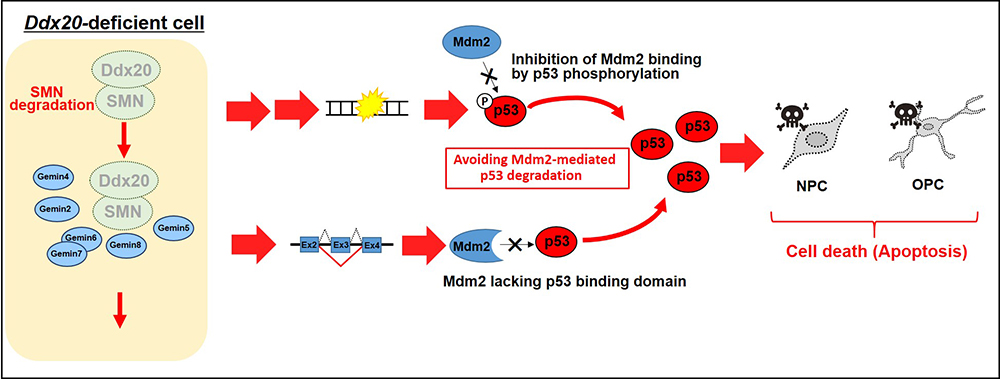
Image 1. Schematic drawing the mechanisms underlying cell death of neural and oligodendrocyte progenitor cells in Ddx20-deficient central nervous system
In Ddx20-deficient cells, the SMN complex collapses due to destabilization of SMN protein, resulting in abnormal RNA splicing process (pink background). This leads to DNA damage and abnormal splicing of Mdm2 mRNA, and activation of the p53 pathway due to reduced p53 proteolysis, resulting in apoptosis (cell death) of neural progenitor cells and oligodendrocyte progenitor cells.
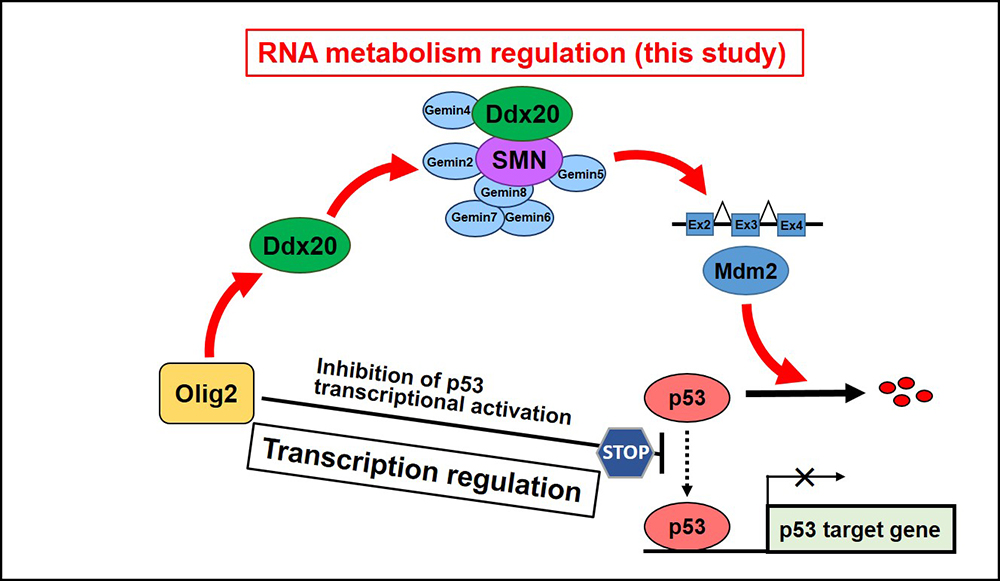
Image 2. Schematic drawing the model of Olig2-mediated inhibition of p53 pathway
It has been reported that Olig2 represses p53 transcriptional activation through suppression of p53 acetylation and inhibition of p53 target gene expression (bottom). In this study, we show that Olig2 promotes proper splicing of Mdm2 mRNA and p53 degradation by stabilizing Ddx20 and SMN complexes (top). Thus, we demonstrate that the Olig2 transcription factor also influences RNA metabolic processes.
Journal: Cell Death and Differentiation
Title: Ddx20, an Olig2 binding factor, governs the survival of neural and oligodendrocyte progenitor cells via proper Mdm2 splicing and p53 suppression
Authors: Norihisa Bizen, Asim K Bepari, Li Zhou, Manabu Abe, Kenji Sakimura, Katsuhiko Ono, Hirohide Takebayashi
DOI: 10.1038/s41418-021-00915-8
The article was released in EurekAlert, the online publication of the American Association for the Advancement of Science.
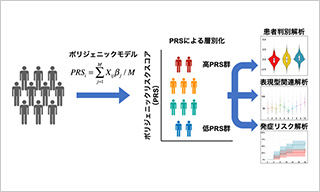
Polygenic effects on the risk of Alzheimer's disease in the Japanese population
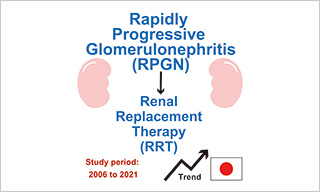
Trends in the incidence of renal replacement therapy due to rapidly progressive glomerulonephritis in Japan, 2006–2021
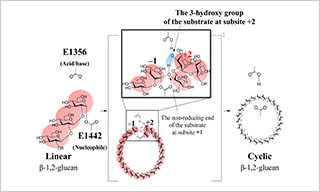
Uncovering The Cyclization Mechanism of Cyclic β-1,2-Glucan Synthase